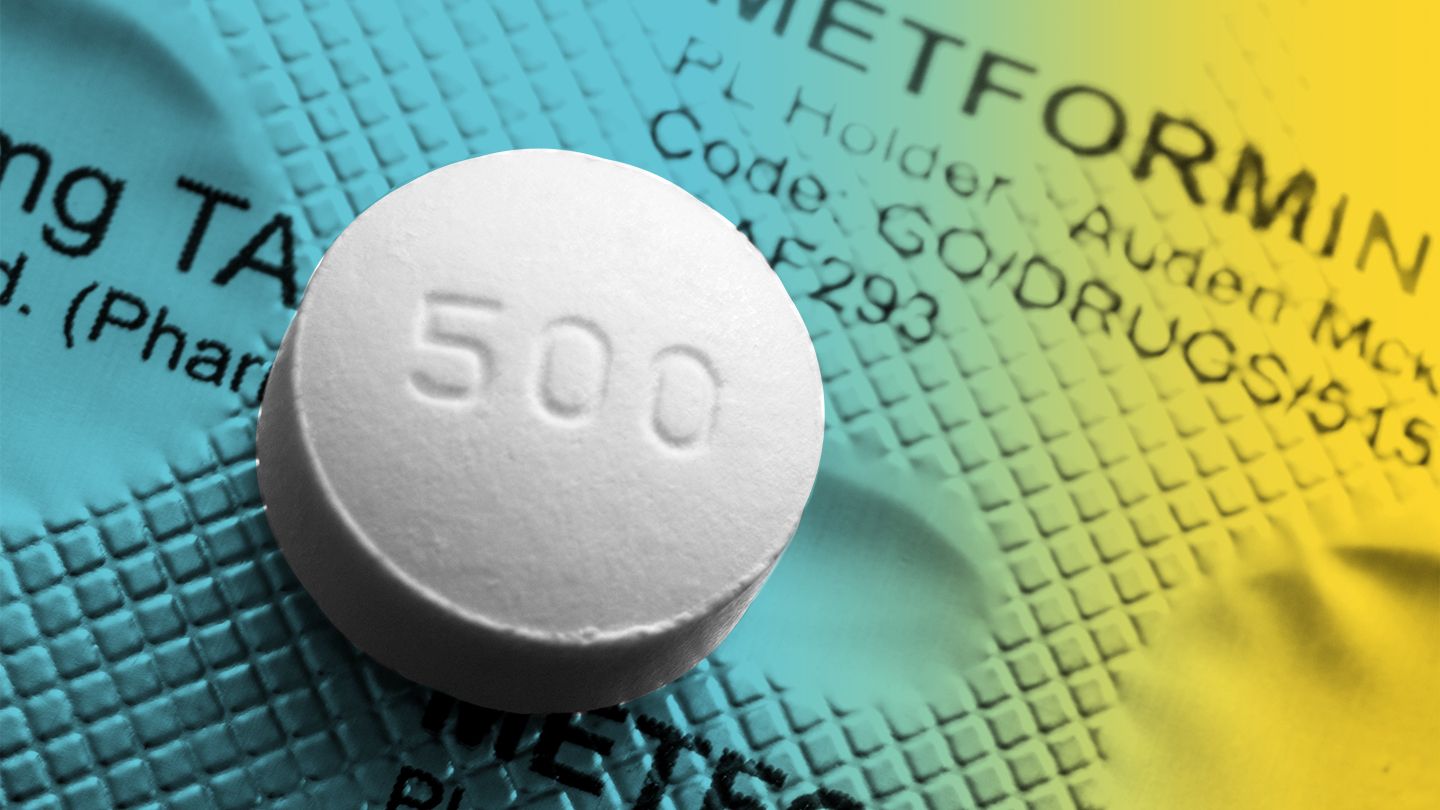Every woman dreams of having a flawless pregnancy, where she feels great and the baby is born in perfect condition. Gestational diabetes typically emerges in the middle of pregnancy. Most women are tested between 24 and 28 weeks’ gestation. A whopping 15% of pregnant women are diagnosed with gestational diabetes throughout the world. The majority of women develop some insulin resistance at the end of their pregnancy, but when it happens in the middle of pregnancy there is more time to harm the infant and mother. Here are a few facts to remember if you are diagnosed with gestational diabetes:
1. When a baby is born from a mother with gestational diabetes, they can be large (macrosomia), which can present problems such as needing a cesarean section due to mother not being able to deliver the baby naturally. The infant can also have shoulder dystocia, where the shoulders get stuck in the canal. This is more common with large babies over 4000 grams. This could cause brachial plexus palsies, which is a type of nerve damage that runs from the shoulder down to the hand. This usually resolves on its own within the first year of life.
2. These infants are more likely to need formula as they have trouble keeping their blood sugar stable. When mothers have excess glucose in their bloodstream, it crosses the placenta to the baby. This alerts the infants’ pancreas to produce more insulin, which causes hypoglycemia after they are born. This increases the babies need for a higher level of care and possibly an admission to NICU.
3. The mother’s insulin does not cross the placental border and pass to the baby, but glucose and the other nutrients do. This allows the baby to get extra glucose and become large (macrosomia). They are at risk of being overweight later on in life because of this.
I recommend reading these articles for more information:
4. The same hormones that come from the placenta are believed to cause gestational diabetes in pregnant women. The hormone, human placental lactogen (HPL) that is released by the placenta and responsible for assuring the baby gets enough nutrients and grows, also changes the mother’s metabolism, which raises the blood glucose level. This decreases insulin sensitivity in mothers.
5. Mothers with gestational diabetes have a 50% risk of developing type 2 diabetes within 10 years of their delivery and their children are at greater risk of type 2 diabetes also later in life. Both mom and baby will have to alter their lifestyle with healthy eating, more exercise and monitoring their blood sugar level every three years after being diagnosed.
6. Gestational diabetes can be managed by eating healthy and exercising. Most women can control their diabetes with diet alone. Sitting down with a diabetes educator and developing a plan is ideal. Sugar and carbohydrates need to be limited during pregnancy, mothers should try to exercise for thirty minutes most days of the week. Stress should be kept to a minimum and good sleep a priority. This will keep the mother from needing diabetes medicine.
7. Gestational diabetes can cause high blood pressure, which brings its own problems when dealing with pregnancy. Preeclampsia is high blood pressure during pregnancy, with protein in the urine and possible damage to the kidneys. Preeclampsia decreases blood flow to the placenta, which causes problems for the baby. The only treatment for preeclampsia is delivery of the infant. If left untreated, it can cause seizures (eclampsia).
8. If the pregnant woman has to take insulin, this may cause hypoglycemia from time to time. Pregnant women are more likely to lose consciousness if they have a hypoglycemic event during pregnancy. This is dangerous for mom and baby and can ultimately end in death.
9. Infants born to gestational diabetic mothers have to have their blood sugar checked for several hours after delivery. The healthcare team needs to monitor the blood sugar and take action promptly if it gets too low.
10. If the blood sugar remains low for the newborn, it could result in neurodevelopmental delays later in life. If the blood sugar remains low after birth, the baby will be transferred to NICU. They will start an IV and give glucose. The infants blood sugar will be monitored and the glucose will be weaned as the numbers allow.
11. If diabetes is poorly controlled, the infant has a 10% chance of being born with a defect. This is twice the rate of well controlled diabetes. Some of these defects include cardiac anomalies, brain, spinal, kidney and gastrointestinal defects and oral clefts. The chances of this is much higher if mom had diabetes before getting pregnant.
12. Seventy-five percent of gestational diabetics are well treated with healthy diet alone. If the mother eats a healthy diet high in fruits and vegetables and gets plenty of exercise, she can have a healthy baby and delivery.
13. This form of diabetes usually disappears as soon as the placenta is delivered. Only 5 to 10% of women have problems with diabetes after they deliver.
I also suggest reading these articles:
14. GDM is associated with greater perinatal morbidity.
15. Hyperbilirubinemia is much higher with GDM babies. Diabetic mothers tend to cause neonatal polycythemia (higher number of red blood cells), which causes greater red blood cell breakdown in newborns. This in turn induces higher bilirubin levels in the baby’s blood. Their kidneys are not mature enough to excrete all of the bilirubin, therefore jaundice rises.
16. Usually diagnosed around the 24th week of pregnancy. There usually aren’t any symptoms in mothers with gestational diabetes. This is why the medical staff has to be diligent about detecting it in their patients.
17. Gestational diabetes is more common in women that are American Indian, African-American, Asian, Hispanic, overweight, have family members with type 2 diabetes or if they have ever had gestational diabetes before.
18. Women should get tested for type 2 diabetes every three years after being diagnosed with GDM. This is due to the fact that they are at greater risk of developing type 2 diabetes. The earlier it is found the better they can control it.
19. Gaining too much weight too fast in pregnancy can cause gestational diabetes.
20. Once you have been diagnosed with gestational diabetes, you are more likely to develop it in subsequent pregnancies.
TheDiabetesCouncil Article | Reviewed by Dr. Christine Traxler MD on June 05, 2020






